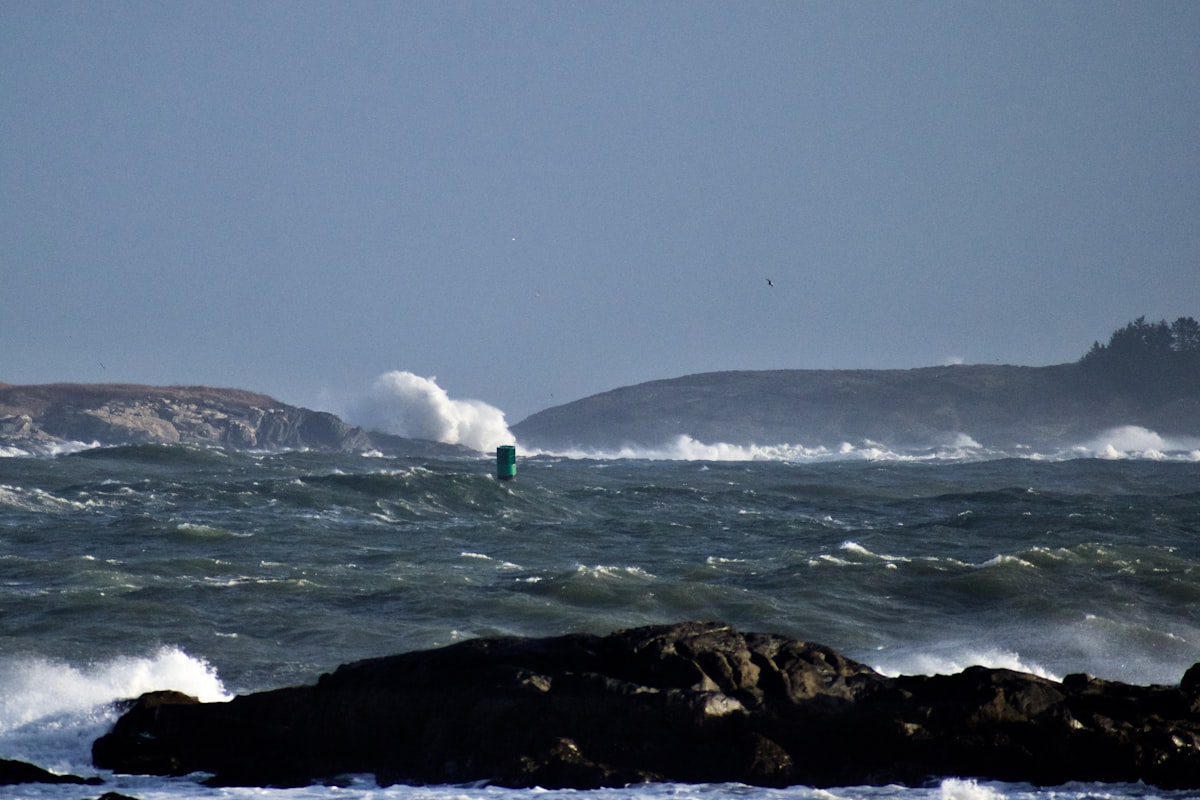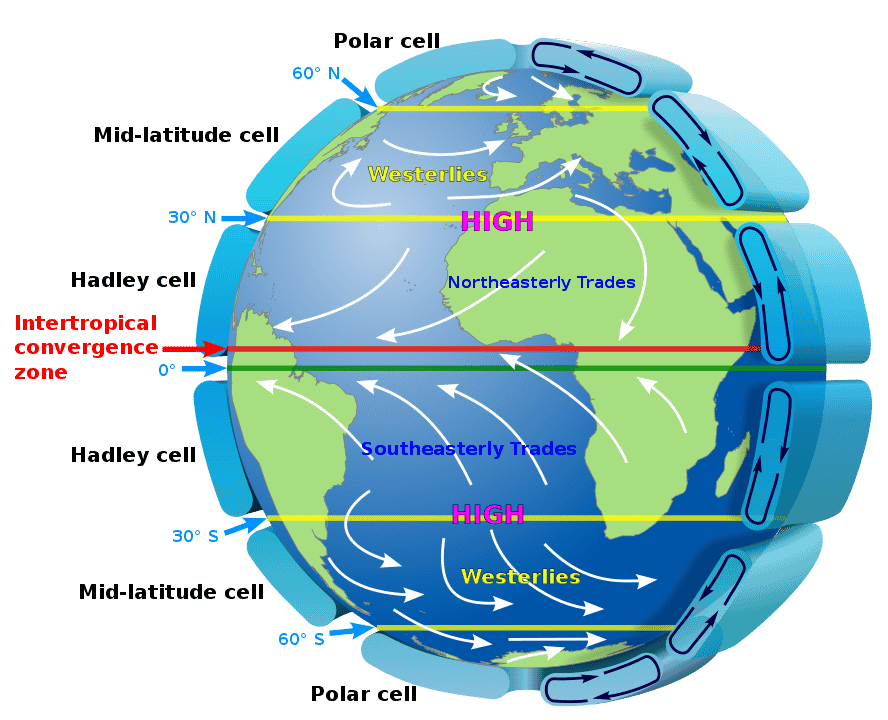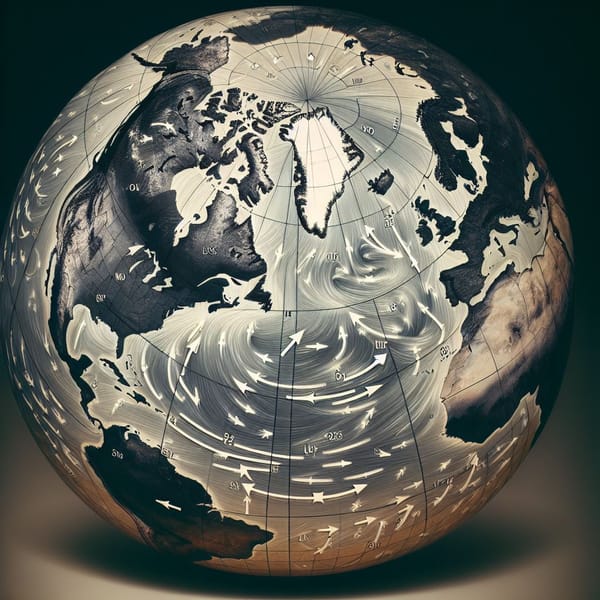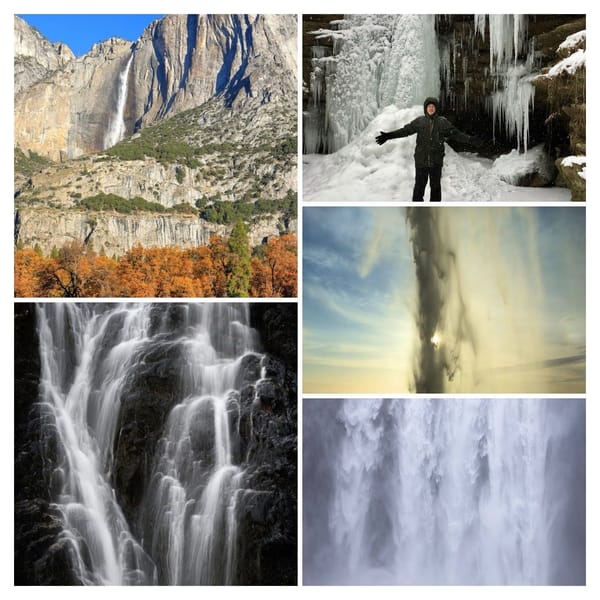Trade Winds Explained
Trade Winds. There are three bands of wind currents in both the Northern Hemisphere and Southern Hemisphere.


The trade winds are easterly wind systems that blow near the equator. The winds assist vessels in travelling west and can steer storms like hurricanes.
The steady Trade Winds wind provided a safe passage for European and American mariners to travel between Europe and the Americas.
There are three bands of wind currents in both the Northern Hemisphere and Southern Hemisphere.
In the middle latitudes, near-surface winds prevail from the west, while in the polar regions and in the tropics the near-surface winds blow from the east. These constant breezes are known as Trade Winds.
Because of how Earth rotates on its axis, the trade winds blow toward the west. Warm, moist air from the equator rises in the atmosphere while colder air closer to the poles falls.
So, why don’t all winds blow north and south if the air is flowing from the equator to the poles? That’s where Earth’s rotation comes in; The winds in the Northern Hemisphere curve to the right, and air in the Southern Hemisphere curve to the left, because the Earth rotates as air flows.
The Coriolis Effect is the name for this phenomenon, which explains why trade winds blow west in both the Northern and Southern Hemispheres.
The Trade Winds were well-known to Christopher Columbus, who utilized them to assist him in reaching the New World.
The rotation of the Earth gives the Trade Winds their power. Hot air ascends near the equator, and surface winds converge to feed the rising motion. The Coriolis force bends wind currents as they flow towards the equator, (and as they flow away from it in the southern hemisphere). This process produces a current of air blowing from east to west. The Trade Winds.
A trade wind’s power is greatest during the winter in each hemisphere when it is less turbulent than the disruptions caused by weather systems punctuating the westerly flow.
Doldrums are a narrow band of low pressure near the equator that exists in the middle of the Trade Winds where winds are still. It was a source of dread for sailors to pass through the doldrums because ships can drift aimlessly there for weeks at a time. Often with a dwindling supply of water and food.
Around 30 degrees latitude lie the ‘horse latitudes,’ another area of relative calm near the tropics.





